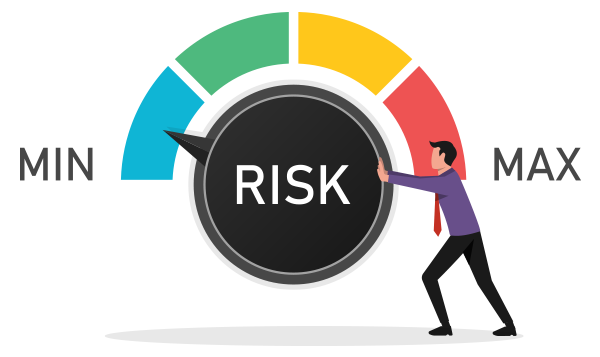
Forex for Beginners: Lesson 5 – Risk Management and Crafting a Trading Plan
27 October 2023
57 views
Welcome to Lesson 5 of our Forex for Beginners course! In this final lesson, we will explore advanced risk management techniques and how to develop a comprehensive trading plan. These elements are crucial for maintaining discipline and ensuring long-term success in forex trading.
Understanding Risk Management
Effective risk management helps protect your trading capital and ensures that you can withstand potential losses. By applying sound risk management principles, you can mitigate the impact of adverse market movements and improve your chances of long-term profitability.

Setting Stop-Loss Orders
Stop-Loss Orders are essential tools for limiting potential losses on a trade. A stop-loss order automatically closes a position when the price reaches a predetermined level, helping you manage risk by capping your losses.
– Fixed Stop-Loss: Set at a specific price level or number of pips away from your entry point.
– Trailing Stop-Loss: Moves with the market price, locking in profits as the market moves in your favor.
Calculating Position Size
Position size determines how much of a currency pair you will trade in each position. Proper position sizing helps ensure that no single trade can significantly impact your overall capital.
– Risk Percentage: Decide what percentage of your trading capital you are willing to risk on each trade (e.g., 1-2%).
– Position Size Formula: Position Size = (Account Risk Account Balance) / (Stop-Loss Distance Pip Value).
Using Leverage Wisely
Leverage allows traders to control a larger position with a smaller amount of capital. While leverage can amplify profits, it also increases risk.
– Understand Leverage Ratios: Common leverage ratios include 50:1, 100:1, and 200:1.
– Manage Leverage: Use lower leverage to reduce risk, especially when starting out.
Risk-Reward Ratio
The Risk-Reward Ratio measures the potential profit of a trade relative to its potential loss. A favorable risk-reward ratio helps ensure that your potential rewards outweigh the risks.
– Calculation: Risk-Reward Ratio = (Potential Profit) / (Potential Loss).
– Recommended Ratio: Aim for a minimum ratio of 2:1, meaning the potential reward should be at least twice the potential risk.
Crafting a Comprehensive Trading Plan
A well-defined trading plan outlines your trading goals, strategies, risk management rules, and performance evaluation criteria. Developing a comprehensive trading plan helps maintain discipline and consistency.
Defining Your Trading Goals
Set clear and achievable trading goals to guide your trading activities. Goals may include:
– Profit Targets: Define your desired profit levels for different time frames (e.g., weekly, monthly).
– Learning Objectives: Identify areas where you want to improve your trading skills and knowledge.
Choosing a Trading Strategy
Based on your goals, risk tolerance, and trading style, select a trading strategy that suits you best. Your strategy should include:
– Entry and Exit Criteria: Define the conditions under which you will enter and exit trades.
– Indicators and Tools: Choose the technical indicators and tools you will use for analysis.
Risk Management Rules
Incorporate risk management rules into your trading plan to protect your capital. Include:
– Stop-Loss and Take-Profit Levels: Set rules for placing stop-loss and take-profit orders.
– Position Sizing Guidelines: Define how to calculate position sizes based on your risk tolerance.
Record Keeping and Performance Evaluation
Keep detailed records of all your trades, including entry and exit points, trade size, and outcomes. Regularly review and analyze your performance to identify strengths and areas for improvement.
– Trading Journal: Maintain a trading journal to document your trades and reflections.
– Performance Metrics: Evaluate metrics such as win rate, average gain/loss per trade, and risk-reward ratio.
Adapting and Evolving
The forex market is dynamic, and your trading plan should be adaptable to changing market conditions. Regularly review and update your plan based on performance evaluations and new market insights.
Conclusion
In this final lesson, we covered advanced risk management techniques and how to develop a comprehensive trading plan. By applying effective risk management and crafting a detailed trading plan, you can enhance your trading discipline, protect your capital, and increase your chances of long-term success.
We hope this course has provided you with valuable insights and practical knowledge to kickstart your forex trading journey. Keep learning, practicing, and adapting to the ever-evolving forex market, and happy trading!




